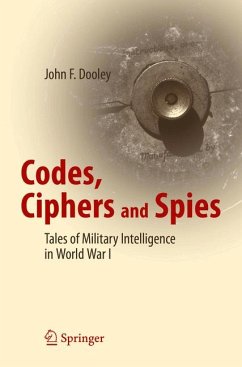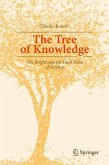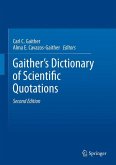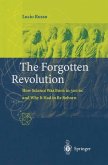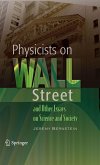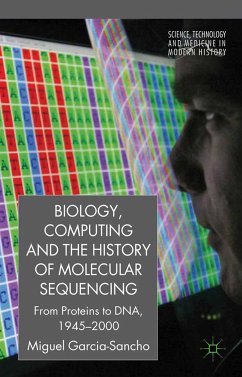When the United States declared war on Germany in April 1917, it was woefully unprepared to wage a modern war. Whereas their European counterparts already had three years of experience in using code and cipher systems in the war, American cryptologists had to help in the building of a military intelligence unit from scratch. This book relates the personal experiences of one such character, providing a uniquely American perspective on the Great War. It is a story of spies, coded letters, plots to blow up ships and munitions plants, secret inks, arms smuggling, treason, and desperate battlefield messages. Yet it all begins with a college English professor and Chaucer scholar named John Mathews Manly.
In 1927, John Manly wrote a series of articles on his service in the Code and Cipher Section (MI-8) of the U.S. Army's Military Intelligence Division (MID) during World War I. Published here for the first time, enhanced with references and annotations for additional context, these articles form the basis of an exciting exploration of American military intelligence and counter-espionage in 1917-1918. Illustrating the thoughts of prisoners of war, draftees, German spies, and ordinary Americans with secrets to hide, the messages deciphered by Manly provide a fascinating insight into the state of mind of a nation at war.
John F. Dooley is the William and Marilyn Ingersoll Professor of Computer Science at Knox College in Galesburg, Illinois. Before returning to teaching in 2001, he spent more than 15 years in the software industry as a developer, designer, and manager working for companies such as Bell Telephone Laboratories, McDonnell Douglas, IBM, and Motorola. Since 2004 his main research interest has been in the history of American cryptology, particularly during the inter-war period. His previous publications include the Springer titles A Brief History of Cryptology and Cryptographic Algorithms and Software Development and Professional Practice.
In 1927, John Manly wrote a series of articles on his service in the Code and Cipher Section (MI-8) of the U.S. Army's Military Intelligence Division (MID) during World War I. Published here for the first time, enhanced with references and annotations for additional context, these articles form the basis of an exciting exploration of American military intelligence and counter-espionage in 1917-1918. Illustrating the thoughts of prisoners of war, draftees, German spies, and ordinary Americans with secrets to hide, the messages deciphered by Manly provide a fascinating insight into the state of mind of a nation at war.
John F. Dooley is the William and Marilyn Ingersoll Professor of Computer Science at Knox College in Galesburg, Illinois. Before returning to teaching in 2001, he spent more than 15 years in the software industry as a developer, designer, and manager working for companies such as Bell Telephone Laboratories, McDonnell Douglas, IBM, and Motorola. Since 2004 his main research interest has been in the history of American cryptology, particularly during the inter-war period. His previous publications include the Springer titles A Brief History of Cryptology and Cryptographic Algorithms and Software Development and Professional Practice.
Dieser Download kann aus rechtlichen Gründen nur mit Rechnungsadresse in A, B, BG, CY, CZ, D, DK, EW, E, FIN, F, GR, HR, H, IRL, I, LT, L, LR, M, NL, PL, P, R, S, SLO, SK ausgeliefert werden.
"There is significant explanation of how codes and ciphers were constructed and solved, how the use of mathematics regulated code breaking, and the process of producing and distributing thousands of code books during the war. This volume will be of great interest to faculty and students in this specialized subject area. Summing Up: Recommended. Upper-division undergraduates through researchers and faculty." (D. K. Blewett, Choice, Vol. 54 (3), November, 2016)

